A Brief History of the Income Tax in the United States
Did you know one of America's most beloved leaders, President Abraham Lincoln, also instituted the country's first income tax? Modest by today's standards, Lincoln signed the tax into law to pay for expenses related to the Civil War.
This obligation utilized tax brackets just like we use today. The United States uses a progressive tax system to collect taxes, meaning people who have higher income levels pay more in federal taxes. To see how our tax system has evolved over time, take a look at the infographic below.
1863-1871
5% Tax Rate
1872
Income tax repealed

Abraham Lincoln signs the nation's first federal income tax law to fund the Civil War. Annual income between $600-$10,000: 3% Tax Rate. Annual incomes above $10,000: 5% Tax Rate.
1894
Income tax revived
1913-1915
7% Tax Rate
Woodrow Wilson. States ratify the 16th Amendment, giving Congress greater power to collect taxes. Net personal income under $20,000: 1% Tax Rate. Net personal income over $500,000: 7% Tax Rate. The first Form 1040 is introduced.
The Wilson Tariff Act creates a tax division in the Bureau of Internal Revenue to track and collect taxes.
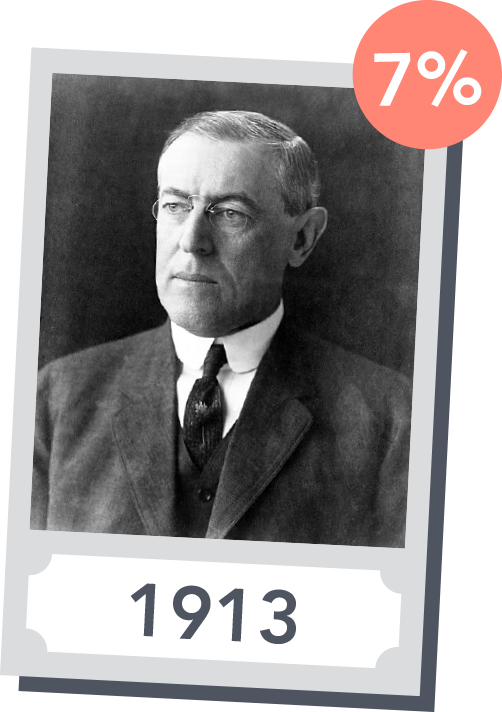
1916
15% Tax Rate
1917
67% Tax Rate

The War Revenue Act of 1917 raises the top tax bracket to 67% to help fund World War I.
1918
77% Tax Rate
1919-1921
73% Tax Rate
1922
58% Tax Rate
States ratify the 18th Amendment, criminalizing the sale, transport and manufacture of alcoholic beverages and beginning Prohibition. The Volstead Act passes, enabling internal revenue commissioners to enforce the law.

1924
46% Tax Rate
1925-1928
25% Tax Rate
1930
25% Tax Rate
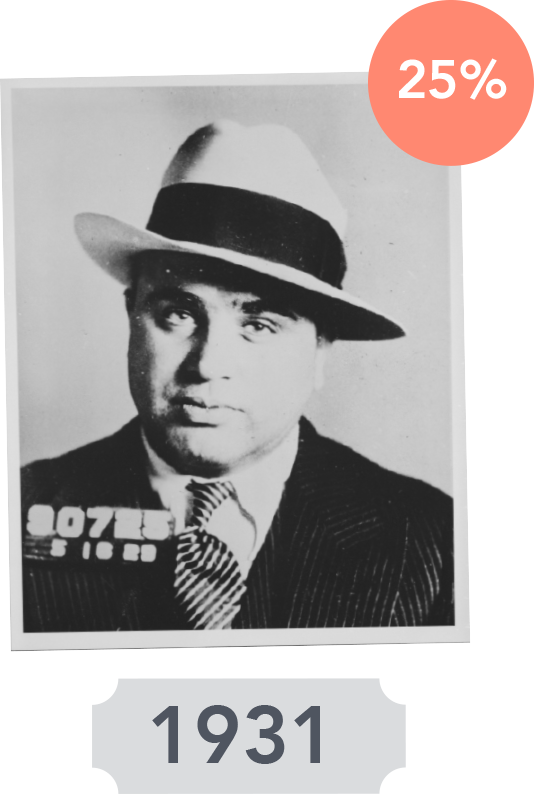
Al Capone, notorious bootlegger and feared gangster, is convicted of tax evasion.
Top tax bracket raised to 63% to combat the Great Depression.
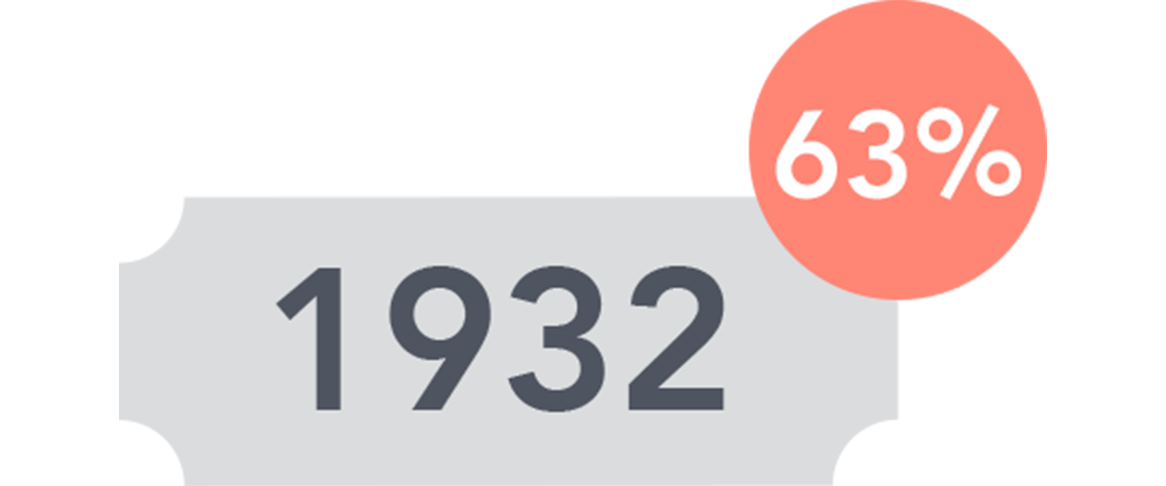
1932-1935
63% Tax Rate

Franklin D. Roosevelt. States ratify the 21st Amendment, ending Prohibition. The IRS resumes responsibility for levying taxes on alcohol.
1936-1939
79% Tax Rate

81.1% Tax Rate. American involvement in World War II leads to higher tax rates.
1941
81% Tax Rate
88% Tax Rate. Congress passes the Revenue Act of 1942. It increases tax rates and expands the number of people taxed on income. Deductions for medical and investment expenses begin.
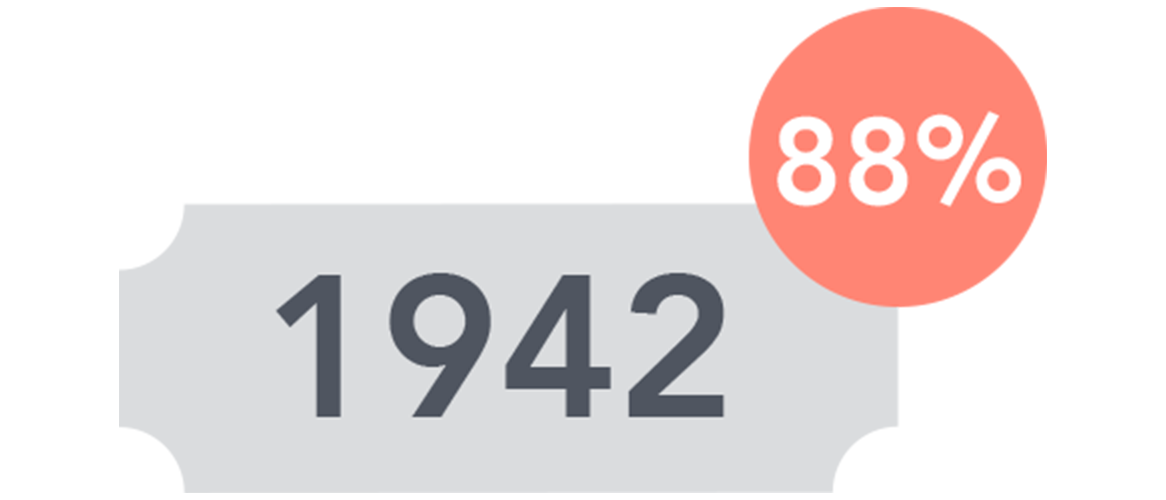

88%. Congress passes the Current Tax Payment Act, requiring employers to withhold taxes from employees' wages and remit them quarterly.
1946-1947
86.4% Tax Rate
1948-1949
82.13% Tax Rate
Harry S. Truman. Over 43 million Americans pay income tax, amounting to $45 billion, up from $9 billion in 1941. The Revenue Act of 1945 reduces the individual income tax rate by 3 percentage points.

1950
84.36% Tax Rate
1951
91% Tax Rate
1952
92% Tax Rate
1954-1963
91% Tax Rate

Dwight D. Eisenhower. Bureau of Internal Revenue becomes Internal Revenue Service.
The filing deadline for individual returns moves from March 15 to April 15.
1964
77% Tax Rate
1965-1967
70% Tax Rate
1968
75.25% Due to Vietnam War surcharges.
1970
71.75% Tax Rate
1976: Gerald Ford becomes first president to release a personal tax return to the public after his predecessor, Richard Nixon, became mired in a scandal over his tax liability.
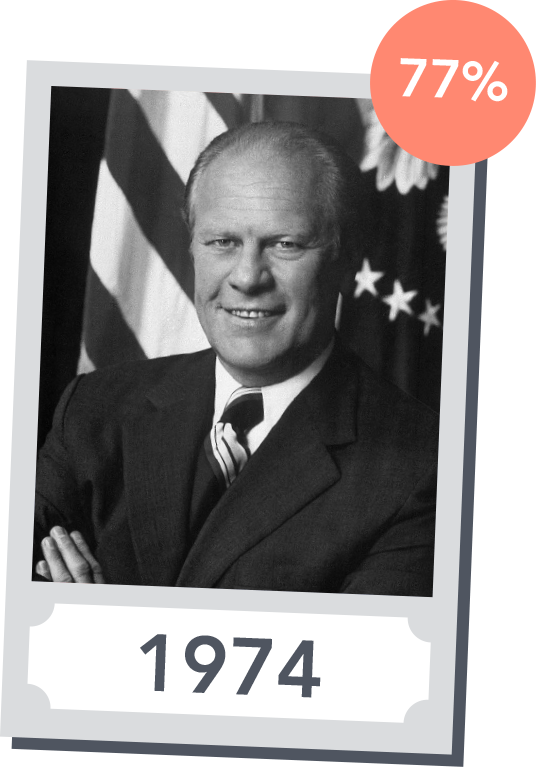
1971-1980
70% Tax Rate
1987
38.5% Tax Rate
1988-1990
28% Tax Rate
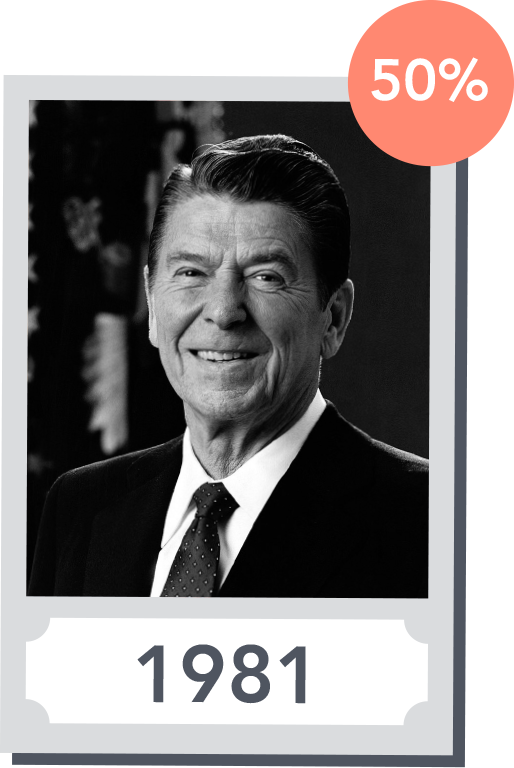
50% Tax Rate. Ronald Reagan signs the Tax Reform Act, codifying federal tax laws for the third time since 1918. Limited electronic filing begins.
1991
31% Tax Rate
31% Tax Rate.
Electronic tax filing begins for taxpayers who owe money.
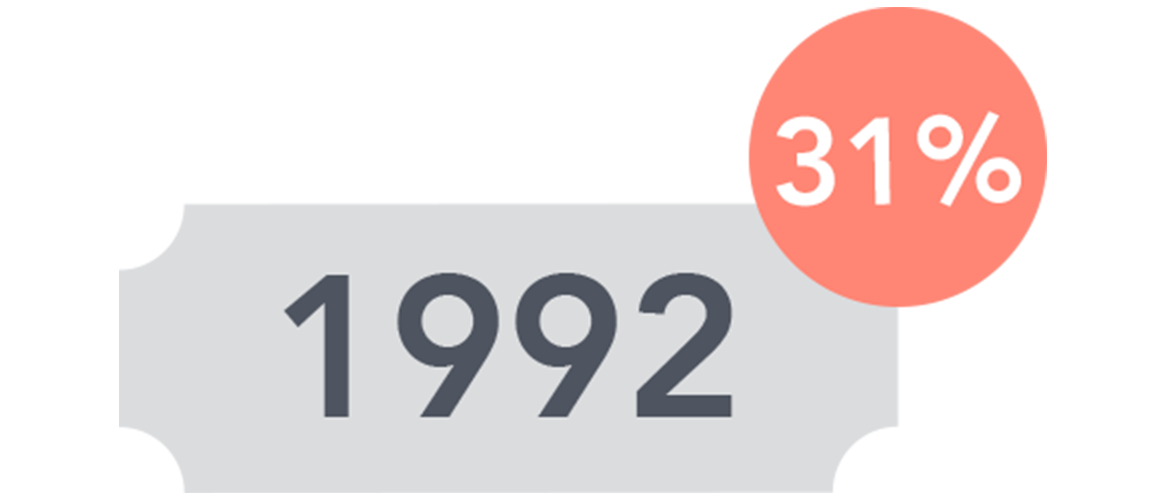
1993-2000
39.6% Tax Rate

1993: Bill Clinton. The Omnibus Budget Reconciliation Act of 1993 is passed to reduce upcoming federal deficits. Unofficially known as the Deficit Reduction Act of 1993, it also increases the top tax rate from 31% to 39.6%.
1997: Clinton cuts taxes by over $150 billion, reducing capital gains taxes for individuals. A $500 per child tax credit is introduced.
2002
38.6% Tax Rate
2003-2012
35% Tax Rate
39.1%. George W. Bush. Bush signs a series of tax cuts estimated to save taxpayers $1.3 trillion over 10 years.
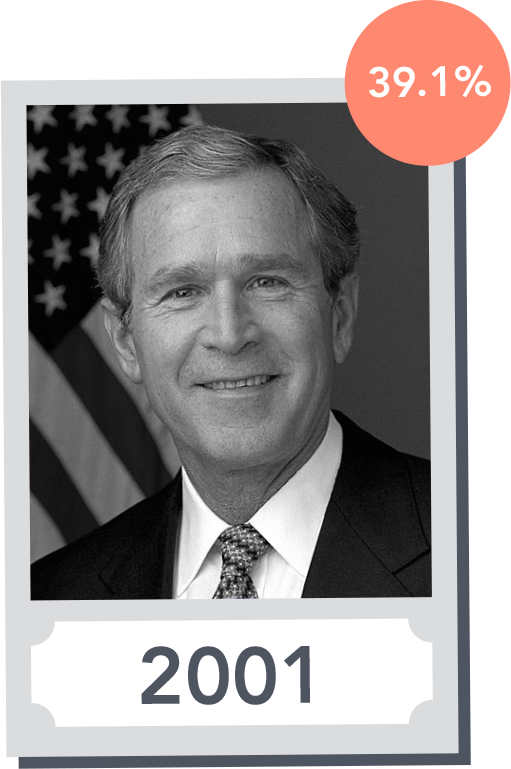
2003
The IRS administers a mid-year refund for the Child Tax Credit. Electronic filing exceeds 50 million returns.

2010: Barack Obama.The Affordable Care Act becomes law, instituting an individual mandate that all taxpayers carry insurance or pay penalties. The law allows for tax credits to offset the cost of insurance, eliminates insurers’ ability to assess coverage eligibility based on pre-existing conditions, and expands Medicaid coverage to millions of Americans.

The American Taxpayer Relief Act of 2012 passes into law, permanently extending certain 2001 Bush-era tax cuts.
2013-2017
39.6% Tax Rate
2018-2020
37% Tax Rate
2017: Donald Trump.
The Tax Cuts and Jobs Act becomes law, representing the broadest tax reform in three decades. The act lowers tax brackets for individuals, nearly doubles the standard deduction, repeals the Affordable Care Act's individual mandate penalties, and enhances the Child Tax Credit. The corporate income tax rate is slashed from 35% to 21%.

